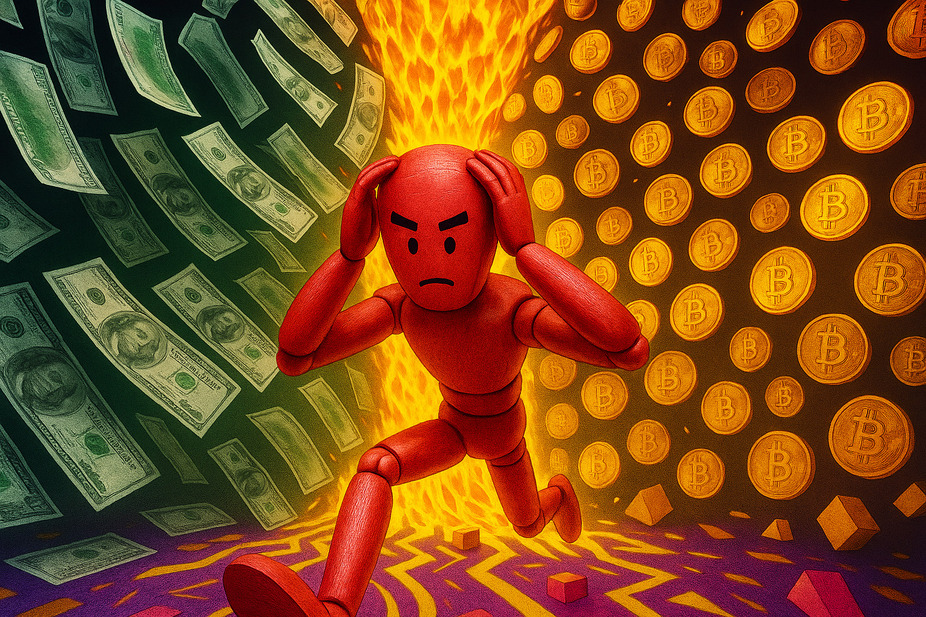Ethereum Classic
Download Ironwallet app and get tool for making transaction without network fee
About Ethereum Classic
Ethereum Classic (ETC) is a decentralized blockchain platform that runs smart contracts. It emerged after the infamous DAO hack in 2016 that caused a contentious hard fork of what is now called Ethereum (ETH). ETC exists to preserve the original “classic” Ethereum blockchain that is unforked and unaltered from the hack. It represents a commitment to immutability, censorship resistance, decentralization and an “code is law” ethos in blockchain technology.
Origins of Ethereum Classic
The DAO HackIn 2016, a Decentralized Autonomous Organization (DAO) was created on Ethereum to act as a decentralized venture capital fund. Due to flaws in its code, hackers managed to drain $50 million worth of Ether from the DAO smart contract. This caused significant financial losses and raised questions around security and immutability of blockchains.
The Hard Fork DecisionThere was intense debate on whether Ethereum should hard fork to revert the illegal DAO transactions and return investors’ funds. While some argued doing so violates blockchain immutability, others claimed users should be protected from technical attack. Ultimately Ethereum forked, while a group rejecting this censorship and centralized control continued on the original chain – now known as Ethereum Classic.
Differences Between Ethereum and Ethereum Classic
Ethereum Classic (ETC) and Ethereum (ETH) are distinct blockchain networks, originating from a shared beginning but diverging in their development paths and underlying philosophies:
1. Strict Immutability. Ethereum Classic developers prize immutability – maintaining an unaltered transaction history. The hard fork decision led to creating ETC as a vehicle for preserving that principle. All ETC transactions remain permanently recorded without exceptions.
2. Programmatic and Definite Monetary Policy. Ethereum has an undefined supply schedule that is influenced by core developers. Ethereum Classic implements a transparent monetary policy that follows a defined, automated emission schedule capped at 210 million ETC.
3. Consensus Algorithm. Their development focuses also differ. Ethereum aims to switch from PoW to a Proof-of-Stake (PoS) system through an event known as The Merge. Ethereum Classic, however, is committed to preserving its original PoW consensus algorithm, emphasizing its dedication to decentralization.
4. Focus on Security, Stability and Decentralization First. Ethereum emphasizes scalability, rapid growth, and maximum functionality – leveraging its first mover advantage. Ethereum Classic takes a “slow and steady wins the race” approach focused on security, stability, maintaining decentralization and building real-world utility before prioritizing other items.
This divergence in vision plays out through differences in each network’s roadmaps. Ethereum pushes aggressively on new features while ETC cultivates platform stability as its first priority.
Key Principles of Ethereum Classic
ETC adheres to several key principles which inform its design and development. These include:
ImmutabilityETC prioritizes retaining a credible transaction history. Its blockchain remains unaltered since inception, cementing ETC as a currency that cannot be tampered by third parties.
Censorship ResistanceETC opposes centralized control over blockchain edits or upgrades. No individual or group can dictate changes to ETC’s history or protocol rules.
DecentralizationWith over 4,500 distributed nodes globally, the ETC network continues to operate in a permissionless way resistant to coercion. No single entity controls the majority of network power.
Ethereum Classic’s Monetary Policy
Ethereum Classic utilizes a disinflationary cryptocurrency issuance model, with a maximum supply of 210 million ETC that can ever be created. This provides transparency and predictability for the ETC monetary base long into the future.
The current ETC emission schedule allows approximately 4.8 million new ETC to be created per year, with the annual supply increase tapering down slowly over time. Approximately 109 million ETC were pre-mined during the presale in 2015 prior to network launch. Post-presale, block rewards and uncle rewards contribute to new ETC entering circulation when miners validate transactions.
The disinflationary emission curve ensures ETC maintains an annual inflation rate under 5%, which is capped. This relatively low and predictable inflation stands in contrast to fiat currencies that frequently see high double-digit inflation diminishing real purchasing power drastically. Over decades, the disinflationary nature of ETC strengthens it as a desirable store of value for investors relative to inflated fiat or unlimited supply cryptocurrencies.
ETC’s sound and transparent monetary policy provides stability and reliability to its users over the long run. The capped supply and disinflationary release support price appreciation if demand for utilizing ETC grows, while limiting dilution. This design basis strengthens the credibility of ETC as a censorship-resistant asset to preserve wealth into the future.
Market overview
As we turn our focus to the current market scenario of Ethereum Classic (ETC), it’s clear that despite its volatile nature, the cryptocurrency demonstrates substantial promise. Within the digital market, fluctuations are a given. These fluctuations are fostered not only by technological advances and market demand, but also by the broader socio-economic climate. As a direct outcome of this, ETC has had its share of oscillations – a trait it shares with its counterparts.
Yet, one must not let these changes overshadow the inherent potential that ETC demonstrates. The distinguishing factor lies in its unaltered blockchain model, reflecting the philosophy of ‘code is law’. This makes Ethereum Classic true to its original intent and increases the user’s trust in the system. This is also likely to positively impact its market standing as the demand for decentralized, transparent systems continues to grow. Moreover, the continual advancements in its underlying technology makes ETC a force to reckon with. In conclusion, to observe and understand the market dynamics of ETC is to comprehend the pulse of the wider cryptocurrency landscape.
Investing in Ethereum Classic
Investing in Ethereum Classic should be a decision based on thorough research and understanding. Cryptocurrency, with its inherent volatility, necessitates a comprehensive understanding of its technology and potential use cases. Observing Ethereum Classic over the years, one can appreciate its stability following the DAO attack which led to its creation in the first place.
Despite the shadow of Ethereum looms large over it, it has demonstrated resilience and retained its value. This is evidence of a strong user base and a robust protocol. However, one must not discount the competitive scenery. Numerous other projects now offer similar functionality. Considering Ethereum’s upgrade to a more efficient Proof of Stake system, Ethereum Classic must prove its relevance in the long run.
Investing in Ethereum Classic, like any cryptocurrency, is partially a bet on the technology and partially on its adoption. For ETC, it symbolizes a commitment to the original vision of blockchain: an immutable ledger where transactions cannot be erased or edited. Is it worth your money? That response depends largely on your belief in this vision and your tolerance for risk.






















